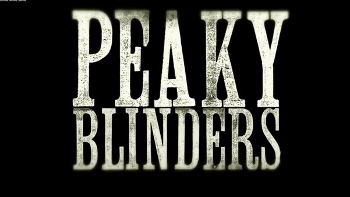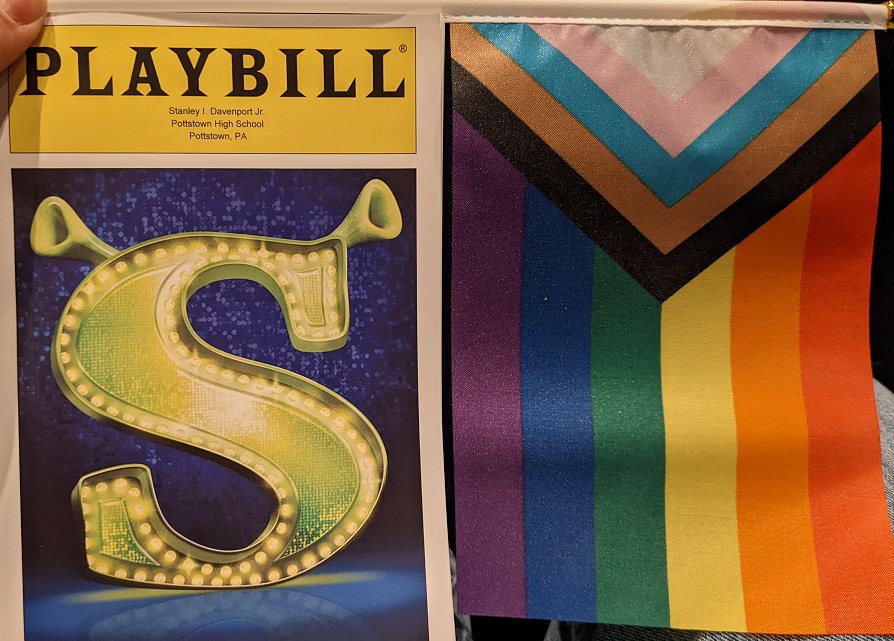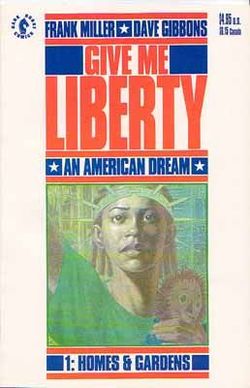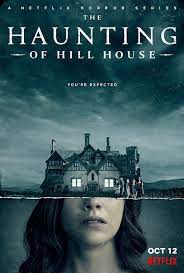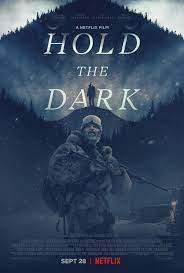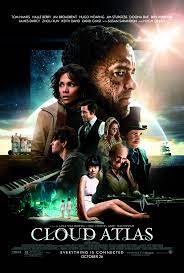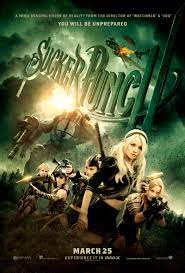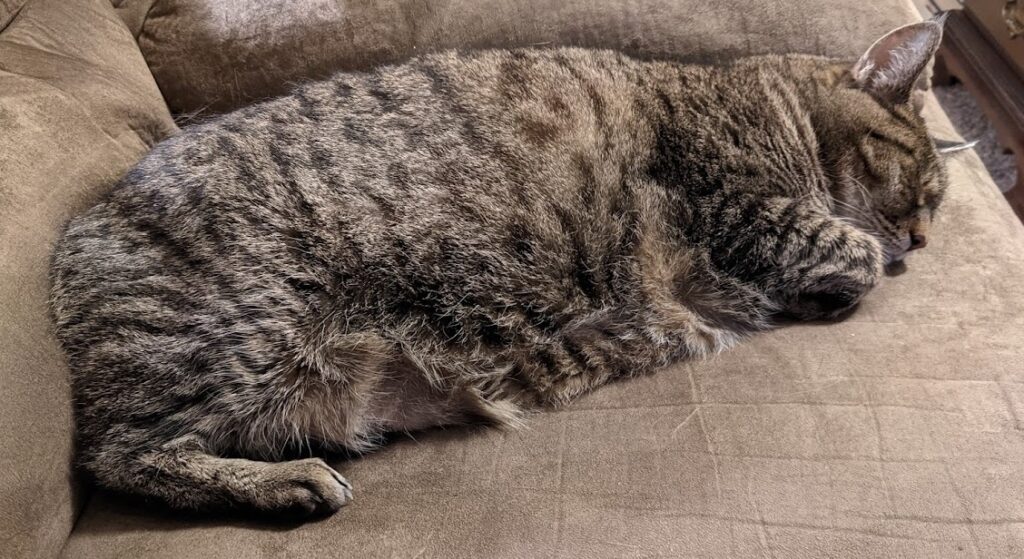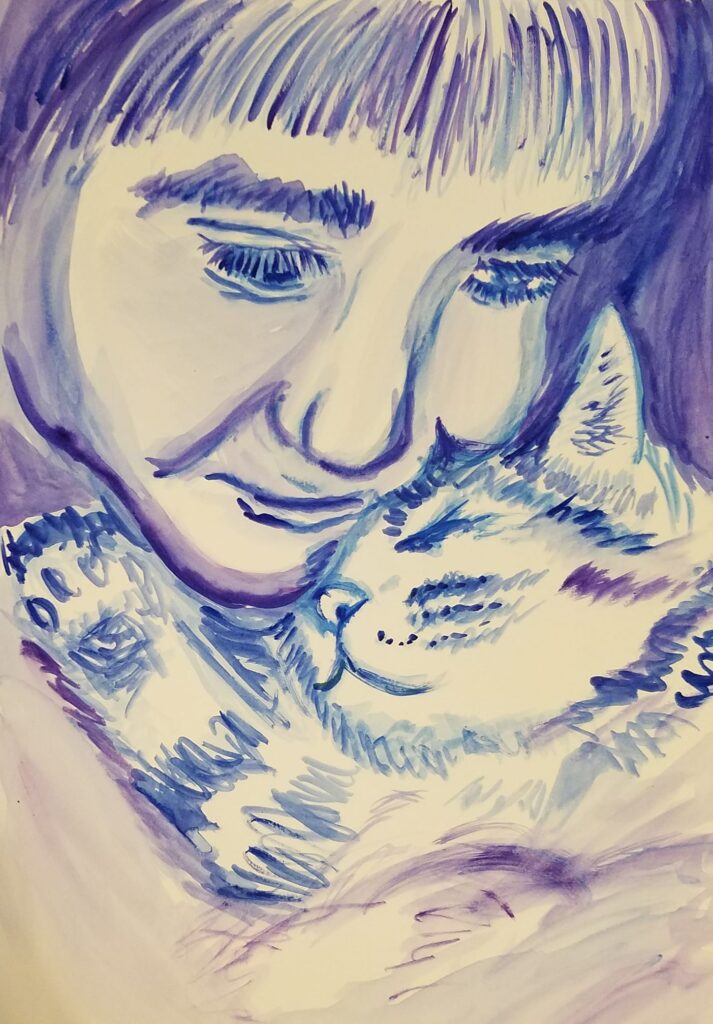I’m not a huge comic books fan, but I do have a small collection of mostly indie stuff from the 80s and 90s. Included in my collection is the Frank Miller series “Give Me Liberty,” which features my favorite comic book hero of all time, a scrappy young soldier named Martha Washington. She has no particular powers, just grit and determination and a good heart, although she isn’t beyond an occasional breech of moral conduct. The series itself, including all the sequels and one shots (I own almost all of them), is colorful and over the top, which is pretty normal for comic books. It’s not a superhero story, but rather a political satire about the United States, with strong science fiction elements, mainly in the form of advanced A.I., robotics and military technology.
I like the comic’s clean style and fun sci-fi storylines, but what I really love about it is the way it depicts America’s Culture Wars as a real life war, with the different factions actually forming into different political entities and duking it out in a second American civil war. I will note that this is fun only in the context of a comic book. In reality, a second American civil war would be an absolute horror. It’s not something to wish for. But through the medium of comics, with cartoonish characters and outlandish premises, a fictional civil war becomes a way of exploring America’s politics in the Unraveling era.
What am I talking about? Unraveling era? Well, I’m back to generational theory and the cycles of different social eras. In generational theory, the Unraveling era is a period of cultural fragmentation that comes after a great spiritual upheaval. The recent Culture Wars era, from 1984 to 2008, was just such a period in history. The comic series was published in the 1990s, right in the middle of this period. Part of what it makes the comic such outlandish fun is how it portrays America’s subcultures as organized groups wielding actual power and capability beyond anything reasonable or accurate to the time period.
Now, the action doesn’t start in the comic book until 2009, so it’s ostensibly predicting the future, as though those subcultures were destined to evolve into hardened factions. And given how things are actually going now, it might not be completely off the mark. Arguably, the comic is only wrong in the details about the factions, which admittedly are portrayed in a satirical, hyperbolic manner. Also, there might be too many of them. In real life, they’ve consolidated a bit more.
Here is a more or less complete list of the factions you will encounter in the comic: environmentalists, radical feminists, health nuts, religious fundamentalists, “real America” reactionaries, capitalists, computer geeks, gay white supremacists (I kid you not), regular white supremacists, and radioactive party mutants. Outlandish, right? Some of these factions form their own breakaway countries during the civil war. The feminists take over the Southeast, and the reactionaries take over the Southwest. The Pacific Northwest becomes a totalitarian state devoted to healthy living; some people today claim that any government attempt to enforce COVID-19 mitigation mandates amounts to the same thing.
As I already noted, these factions are depicted in a satirical and over the top fashion. It makes the comic humorous and fun. But there’s a grain of truth to the depictions, as there is to all satire. That people could identify so strongly with some subculture, to the point of physical conflict with other subcultures, has been made plain in our time. Proud Boys and Antifas battling in the streets of America in the 2010s isn’t so far off from what Miller has written in his comic books. The real life factions even have over the top costuming to maintain group identity, which we make fun of on social media, calling it “militia cosplaying.” But though we may mock the more devoted members of these groups, this factionalization is still dangerous. It’s just not certain we are likely to break up as a country as dramatically as happens during the fictional lifetime of Martha Washington.
Speaking of the main character in the comic, I wanted to also discuss the comic series from the standpoint of the generations depicted. Martha Washington’s birth year is actually given in the story – it’s 1995. This would have been in the future at the time the story was first published. This birth year makes Washington a member of the Millennial generation. Now, at the time the comic was released, the Millennial generation was in early childhood, and Miller may not have been aware of them or their qualities. The character he creates, I believe, is really from Generation X, based on her life experience and personality. She’s abandoned in childhood, left to fend for herself (which she does very well) and is basically a rogue-like character. She is self-reliant, but also loyal and honorable – Gen X qualities.
This is a pattern I encounter in speculative fiction all the time. The authors of the stories observe the contemporary generations and social era, and extrapolate the then current trends into the future. This is why this story, set in our time (that is, in the early 21st century) is really a parable about society at the time it was published (that is, the late 20th century). The characters belong to the generational archetypes that fit 1990, not the ones that fit 2010. I hope this makes sense.
Martha Washington and the other soldier-type characters she encounters are Gen-Xers. The primary antagonists, all older than her, are Boomers. A particularly fun character is the supervillainish Surgeon General, who leads the totalitarian “Health State” in the Pacific Northwest. He is definitely a Boomer parody, with his obsession with pure living. Another character, President Rexall, is clearly a parody of Ronald Reagan, which would make him GI or Greatest Generation. The President who replaces Rexall for an interim is kinder and more tolerant, and I make him to be a Jimmy Carter-like member of the Silent Generation.
Again, this is typical of speculative fiction: you see character archetypes that make sense for the time the story was published, projected into the near future, completely disregarding the fact that as time passes, generations age and the roles played by the archetypes change. But that’s OK; the point of this kind of fiction is to playfully examine the current state of society in an imaginative context.
In the case of Frank Miller’s Give Me Liberty, the author, who is a member of the Boomer generation, has crafted a story about a sort of uber-Gen Xer surviving in a fractured, falling apart society. I’ve seen this pattern in other work from the 1990s, particularly in the cyberpunk genre. It’s like this generation of late wave Boomer creators was a bit infatuated with the rising young generation, and imagined stories where they take self-reliance and rugged individualism to new levels, proving how much the individual can achieve through authenticity and force of will. Miller even admits in an afterword that one of his stories was inspired by that iconic champion of individualism, Ayn Rand.
How far individualism can really get you in a fractured society is being put to the test in the real world today, and the record so far doesn’t look as good as it does in a comic book adventure story. But that doesn’t take away from the value of comic books themselves, as a vehicle for expressing our ideals and speculating on our future fates, given what we know about human nature.
Years ago, I wrote about this comic on my old Web 1.0 site. I just added a page with a detailed breakdown of the generations of the characters in Give Me Liberty and in the sequel comic series. Unless you’ve actually read the comics, however, the breakdown probably won’t mean much.
